Ecological Health & Function

CATEGORY: Habitat Connectivity

Aquatic Connectivity Indicator
Want to get involved?
Aquatic Connectivity score by Riverscape

Connectivity on the yampa
In-Channel Barriers
It's Complicated...
While the benefits of side channels, split flows, and backwaters are undisputed when it comes to habitat complexity and essential habitat for native fish, this is a complicated issue in the Yampa River due to the presence of Northern pike. Northern pike were originally brought to Colorado as a way to lower the white sucker population and were stocked at Elkhead Reservoir in the late 1970s. The pike eventually escaped Elkhead Reservoir and then proliferated and migrated throughout the Yampa Valley river system. They were also illegally introduced to Stagecoach Reservoir in the 1990s, and have since established populations in Catamount Reservoir as well. The secondary channel habitats of the Yampa River that are essential for native fish are also great spawning grounds for Northern pike. Managing secondary channels for both native fish health and Northern pike population control is a difficult needle to thread.
